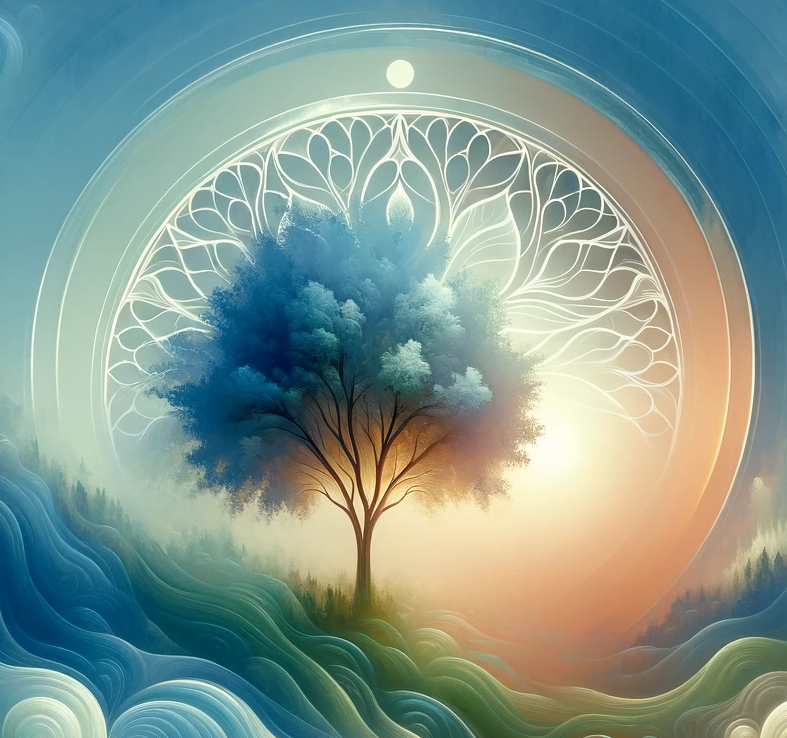“Mendicants, these three people are found in the world. What three? A person like a line drawn in stone, a person like a line drawn in sand, and a person like a line drawn in water.
And who is the person like a line drawn in stone? It’s a person who is often angry, and their anger lingers for a long time. It’s like a line drawn in stone, which isn’t quickly worn away by wind and water, but lasts for a long time. In the same way, this person is often angry, and their anger lingers for a long time. This is called a person like a line drawn in stone.
And who is the person like a line drawn in sand? It’s a person who is often angry, but their anger doesn’t linger long. It’s like a line drawn in sand, which is quickly worn away by wind and water, and doesn’t last long. In the same way, this person is often angry, but their anger doesn’t linger long. This is called a person like a line drawn in sand.
And who is the person like a line drawn in water? It’s a person who, though spoken to by someone in a rough, harsh, and disagreeable manner, still stays in touch, interacts with, and greets them. It’s like a line drawn in water, which vanishes right away, and doesn’t last long. In the same way, this person, though spoken to by someone in a rough, harsh, and disagreeable manner, still stays in touch, interacts with, and greets them. This is called a person like a line drawn in water.
These are the three people found in the world.”
The Buddha is sharing a guidance here on people who can harmoniously interact with others, even in the face of hostility. This is a quality one will gradually cultivate as they work towards enlightenment.
If one is practicing as a lay practitioner, gradually cultivating of a life of harmony is how one curbs one’s unwholesome kamma. By gradually curbing unwholesome kamma, one faces less hindrances in the development of mind, during meditation and otherwise.
Related Teachings:
-
Speech like dung, flowers and honey (AN 3.28) - A teaching on cultivating speech that is true, gently spoken, and beneficial.
-
The five precepts (AN 8.39) - The notes for the five precepts shares an expanded version of the fourth precept of giving up lying.

